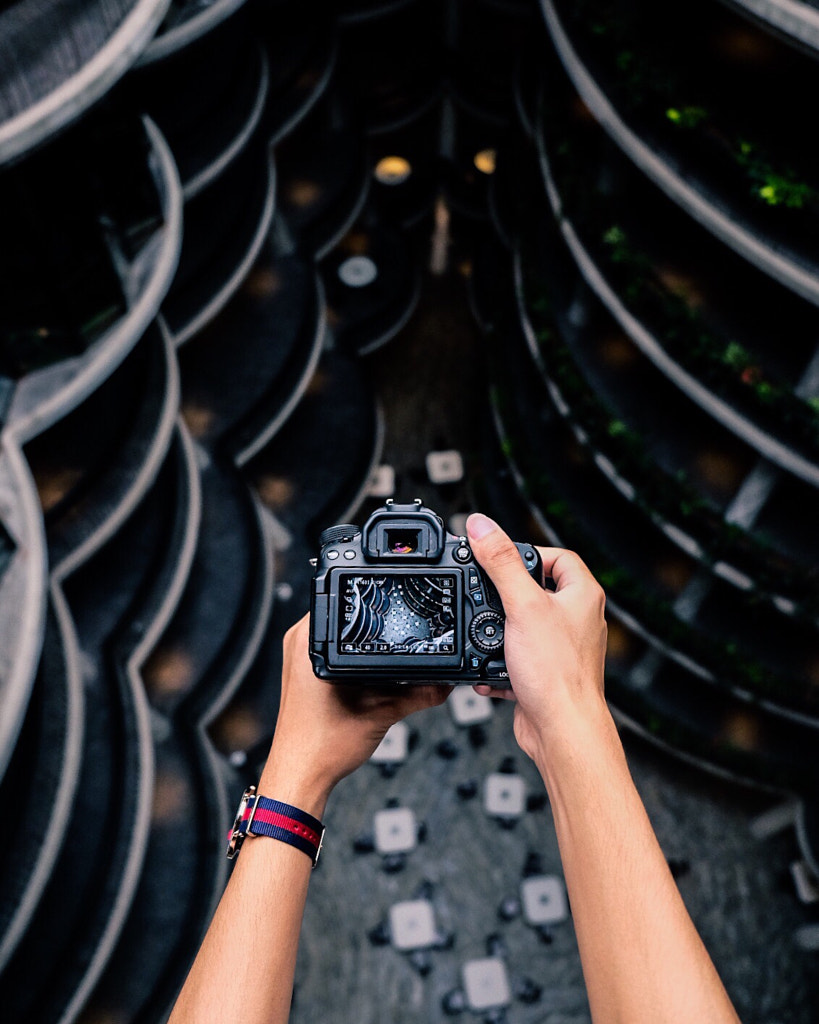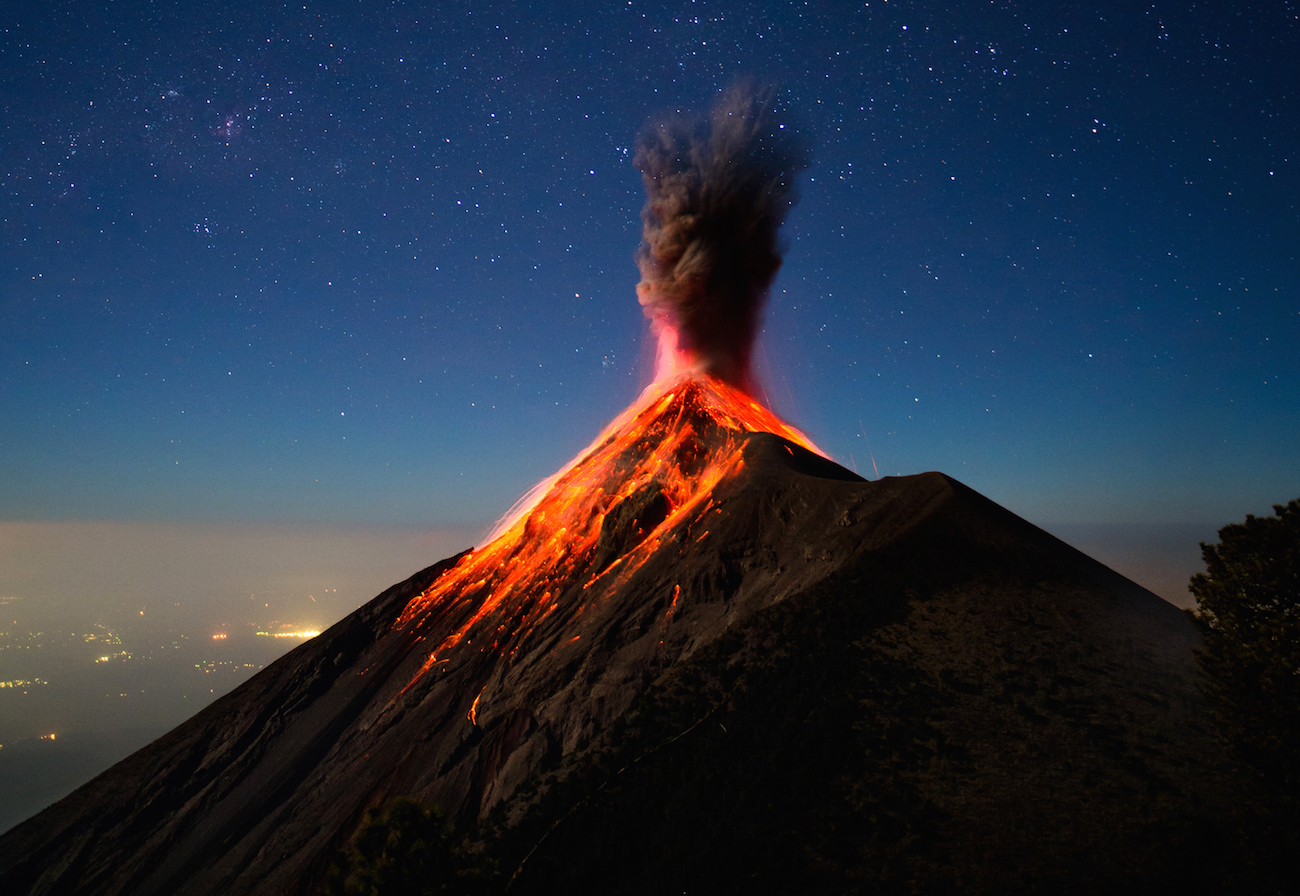Search engine technology evolves at what seems like lightning speed.
Keeping up with these changes while optimizing your website images to stay visible in search engine results can seem like a never-ending task. Many photographers would prefer to skip optimizing their images’ metadata altogether. However, with a creative mindset, photographers can generate thoughtful and keyword-rich titles, alternative text, and captions that will provide an edge in search engine results.
Here are some tips to add a creative advantage to your metadata optimization.
Think of metadata as non-negotiable in your workflow
Making metadata a non-negotiable part of your photography workflow pays off in search engine visibility.
Aedin Guyot, a Search and Metadata Specialist at 500px, emphasizes that photographers should look at keywording and photography metadata as essential. “Without correct keywords and metadata,” says Guyot, “images are not findable, which means they cannot be appreciated, commented on, ‘liked’, and indeed purchased.”
Photographers may prefer to focus on the creative, technical, and aesthetic quality of their images; however, Guyot emphasizes that hard work goes to waste without online keywords and metadata.
To ensure that keywording and adding metadata is a part of every photographer’s workflow, Guyot recommends automating wherever possible. For example, if images have built-in EXIF data, look for ways to extract this data into a spreadsheet for an initial keyword list. Where automation is not possible, Guyot recommends looking for ways to reduce duplicating your efforts. This might mean creating and using a list of keywords for various topics that are frequently dealt with in your image so they are readily at hand.
Prior to uploading, Guyot advises photographers to run spellcheck and proofread all metadata. Taking a moment to think about what keyword gaps might exist, or where an image has been overly keyworded, can also be helpful.
From time-to-time, look at others’ images online to see how they are keywording and using metadata. You might find ideas you can incorporate as well. Or check out the example keyword recommendations here.
Get the keywording basics right
Semantic and voice search is on the rise — think about how you speak to Siri or Alexa. These voice assistants use algorithms to understand natural language in a way search engines never used to. But these days, search engines utilize similar technology to understand searcher intent.
This shift to more natural language means that keywords have developed a kind of fluidity. For example, Google understands “tourist attractions in New York City” and “fun things to do on a New York City visit” to have similar user intentions. This has panicked many, who have worried about optimizing for all search possibilities.
However, Guyot urges photographers to focus their time and effort on the basics when optimizing their images for search. “Get the ‘old style’ keywords in there correctly and comprehensively,” Guyot says.
Once that foundation is complete, Guyot recommends leaving it to the search engines and site mapping systems to understand and convert semantic or voice searches where necessary.
Think about keywords in layers
For many photographers, the keywording process can be difficult. Images can have deep, sometimes complex, meanings that are challenging to parse out into individual keywords. So it’s helpful to have a system in place to break an image down into keyword concepts that a search engine can understand.
Guyot suggests taking a layered approach. “Add the most ‘obvious’ or ‘concrete’ layer of keywords in first, the ‘who, what, where, when’ of the image.” In this initial pass, one might add keywords such as “one woman only, 25 years old, African-American ethnicity.” On that second pass, Guyot recommends building out a more descriptive layer. This might include keywords such as “casual clothing, slender build, toothy smile.”
The final layer is where you would worry about conceptual keywords that convey meaning. This, Guyot says, is also where photographers can take a step back and view the image with fresh eyes. This can help when brainstorming the conceptual keywords. For example, where an image might convey “conflict,” Guyot recommends reflecting on whether keyword concepts such as “frustration” or “confusion” might also apply.
This approach not only helps to ensure that the keywords are comprehensive and creative, but it also helps to avoid image metadata being repetitive, containing too many duplicate keywords. If you need help coming up with keyword ideas, check out this guide.
Get into the mind of the searcher
Your keywords and metadata help search engine users find your images. So, take a moment to get into the mind of searchers to consider what it is they might be looking for. Guyot suggests that photographers ask themselves, “If I entered this keyword in a search, would I be satisfied, or dissatisfied, to see this image in my results?”
It’s important, however, to balance this by considering specific searches that might occur.
Guyot uses the example of a searcher doing a general “orange – fruit” search, and wanting an iconic “orange – fruit” image. They may want the fruit as the central focus of the image. However, the searcher might look for something more specific, such as a citrus fruit within a larger food pyramid and so they entered a much narrower search such as “food pyramid citrus egg bread oil.” Here, having a keyword for a citrus fruit included in the image is still relevant.
It is important to know where to stop though. Guyot cautions that “if an image is of several families picnicking in a park, for example, it would most likely be overkill to mention the “orange – fruit” barely visible on one of the picnic blankets in the distance.”
Use AI to help keyword, but don’t rely on it alone
Artificial intelligence that can understand the context of images is on the rise. When you upload a photo to 500px, a list of suggested keywords appears based on the people, objects, and location in your photograph.
While AI, like the keyword suggestions from 500px, can add initial “concrete” layers to images, your understanding of your images is still vital. Guyot says, “The more conceptual, nebulous ideas of an image will always be the ones most difficult to automate. So I can’t see the need for the human element in keywording disappearing any time in the near future.”
For more tips and tricks on keywording photos on 500px, check out this support article.

![[Guide to metadata optimization] Taking your keywords to the next level: From literal to conceptual](https://iso.500px.com/wp-content/uploads/2019/10/Studio-photographer-by-Emanuele-Ravecca.jpeg)






